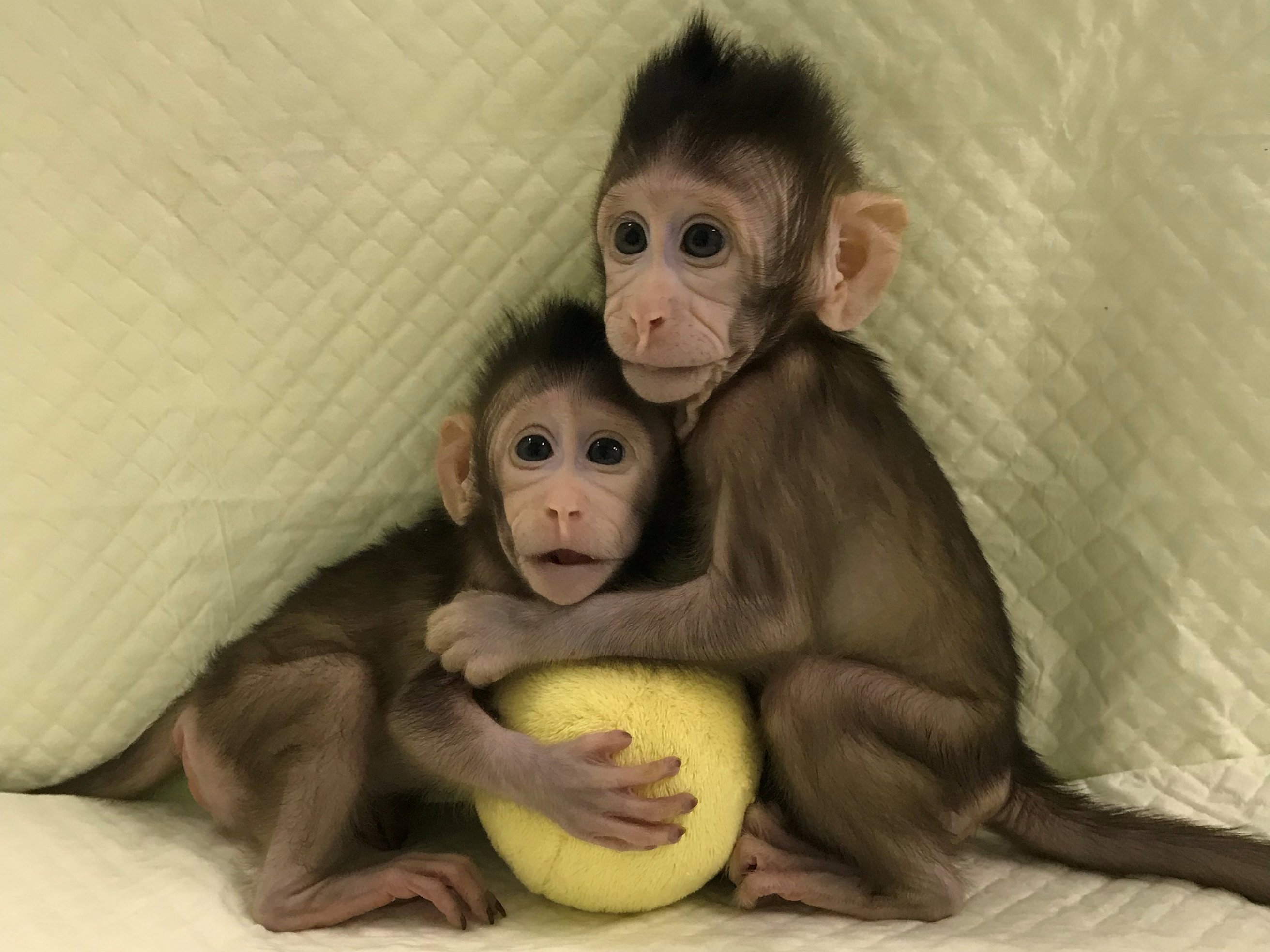Jacques Derrida, “The Ends of Man,” in Margins of Philosophy, trans. Alan Bass (Chicago: University of Chicago Press, 1972), 112.
Friedrich Nietzsche, “On the Genealogy of Morals,” in On The Genealogy of Morals and Ecce Homo, trans. Walter Kaufmann and R. J. Hollingdale (New York: Vintage Books, 1989), II, §11.
Friedrich Nietzsche, “On the Tarantulas,” Thus Spoke Zarathustra, trans. R. J. Hollingdale (London: Penguin Classics, 1961), 123.
Ibid., 238.
Jacques Derrida, Pardonner: l’impardonable et l’imprescritible (Paris: L’ Herne, 2004), 544ff., 382.
Adult stem cells act as a repair system for the body, maintaining the normal turnover of cells in regenerative organs, such as blood, skin, and intestinal tissues.
The Human Brain project is the European Union’s version of the American BRAIN Initiative (Brain Research through Advancing Innovative Neurotechnologies), also referred to as the Brain Activity Map Project, President Obama’s 2013 program to map the activity of every neuron in the human brain by using Big Data.
Z. Josh Huang and Liqun Luo, “It takes the world to understand the brain,” Science 350, no. 6256 (October 2, 2015): 42–44.
Friedrich Nietzsche, "On the Uses and Disadvantages of History for Life," in Untimely Meditations, ed. Daniel Breazeale, trans. R. J. Hollingdale (Cambridge: Cambridge University Press, 1983).
Superhumanity: Post-Labor, Psychopathology, Plasticity is a collaboration between the National Museum of Modern and Contemporary Art, Korea and e-flux Architecture.
